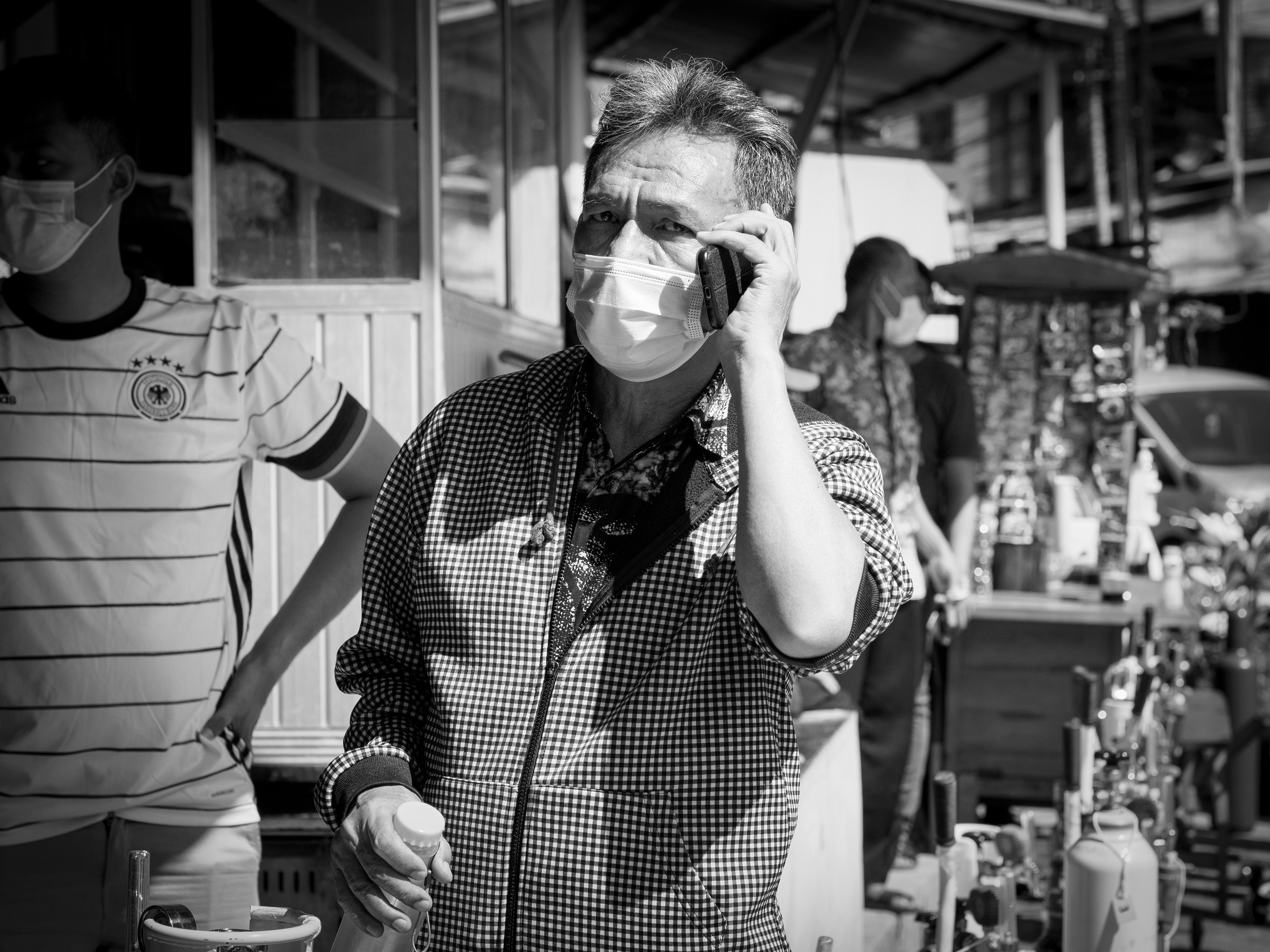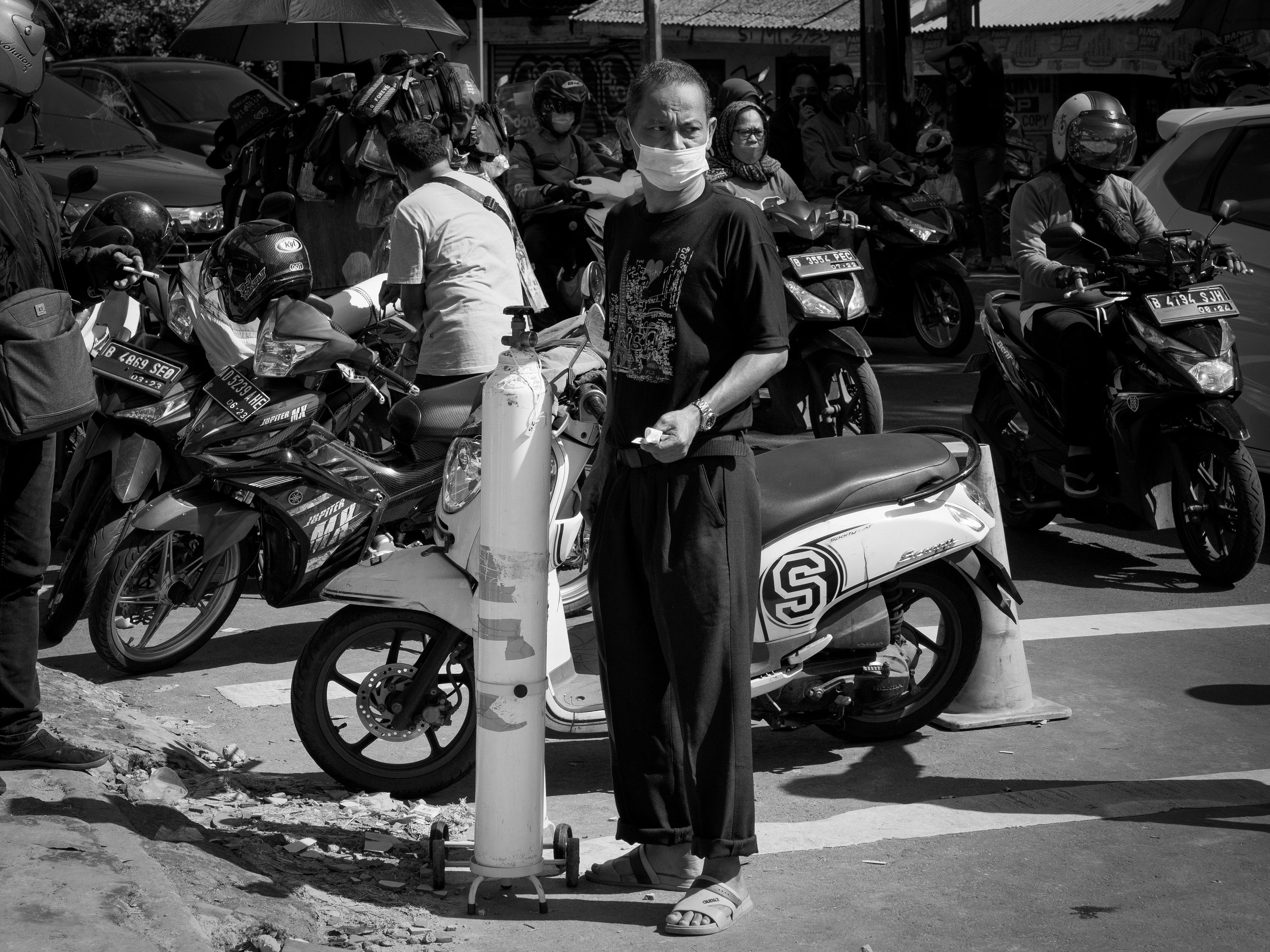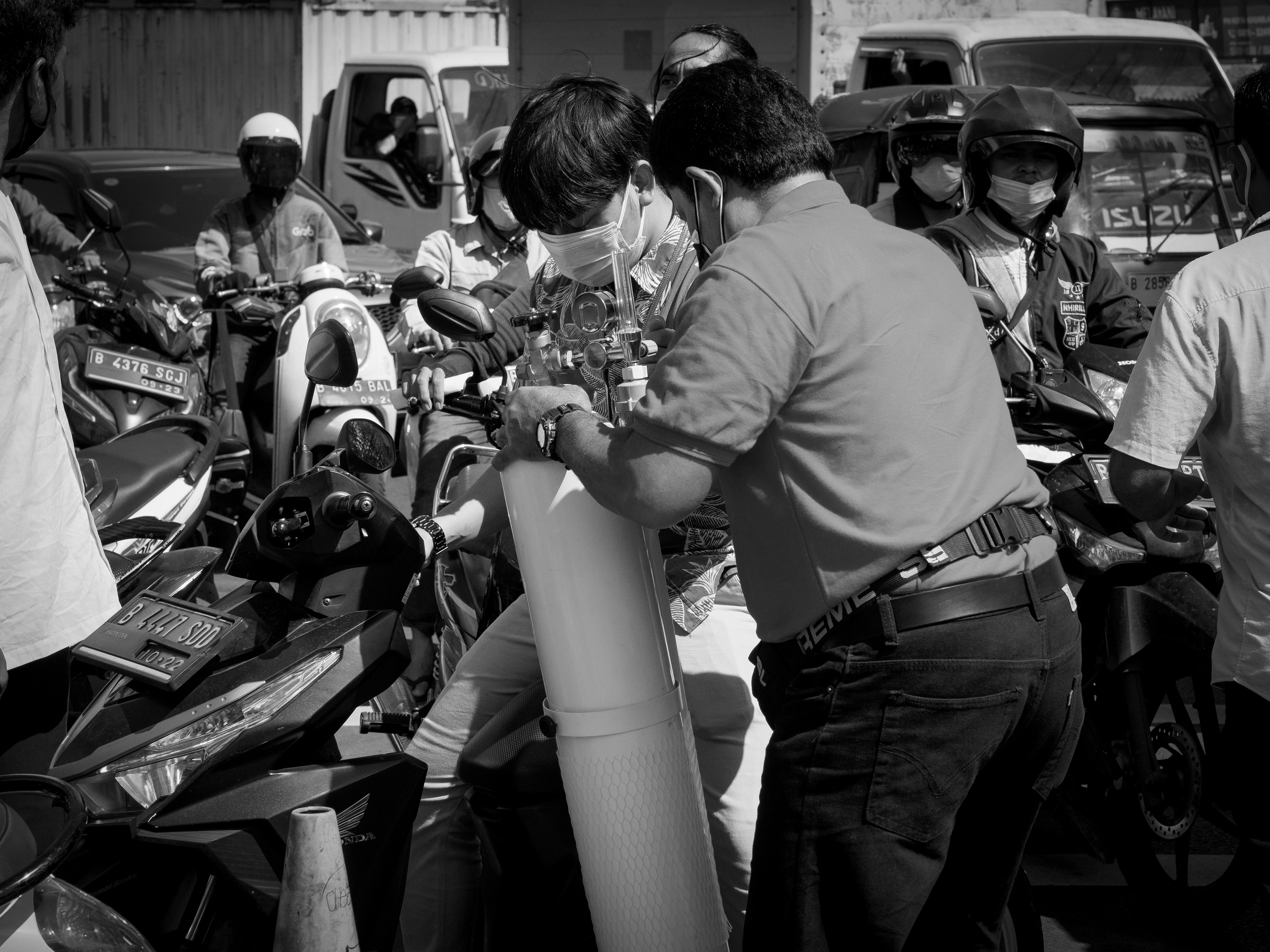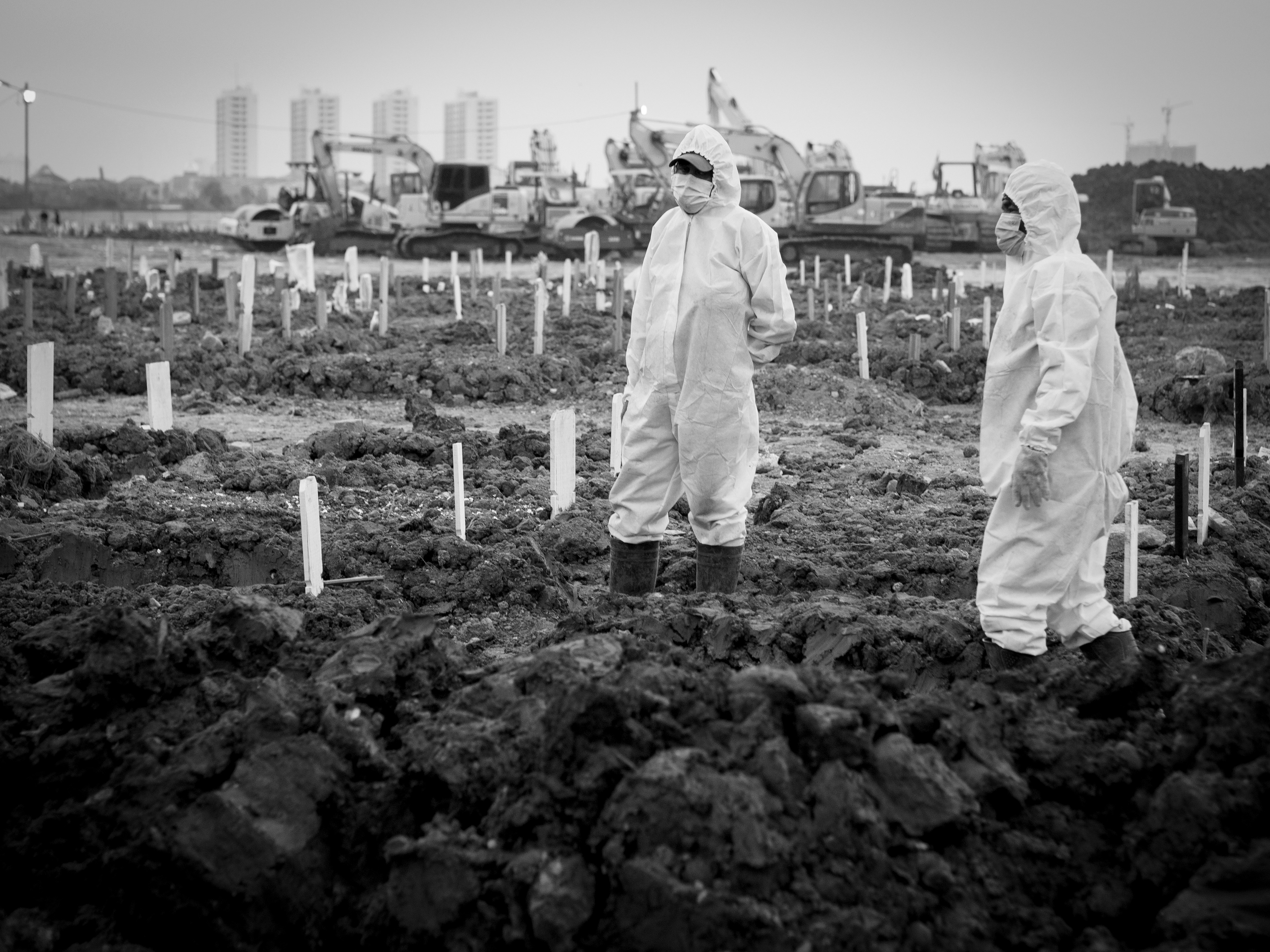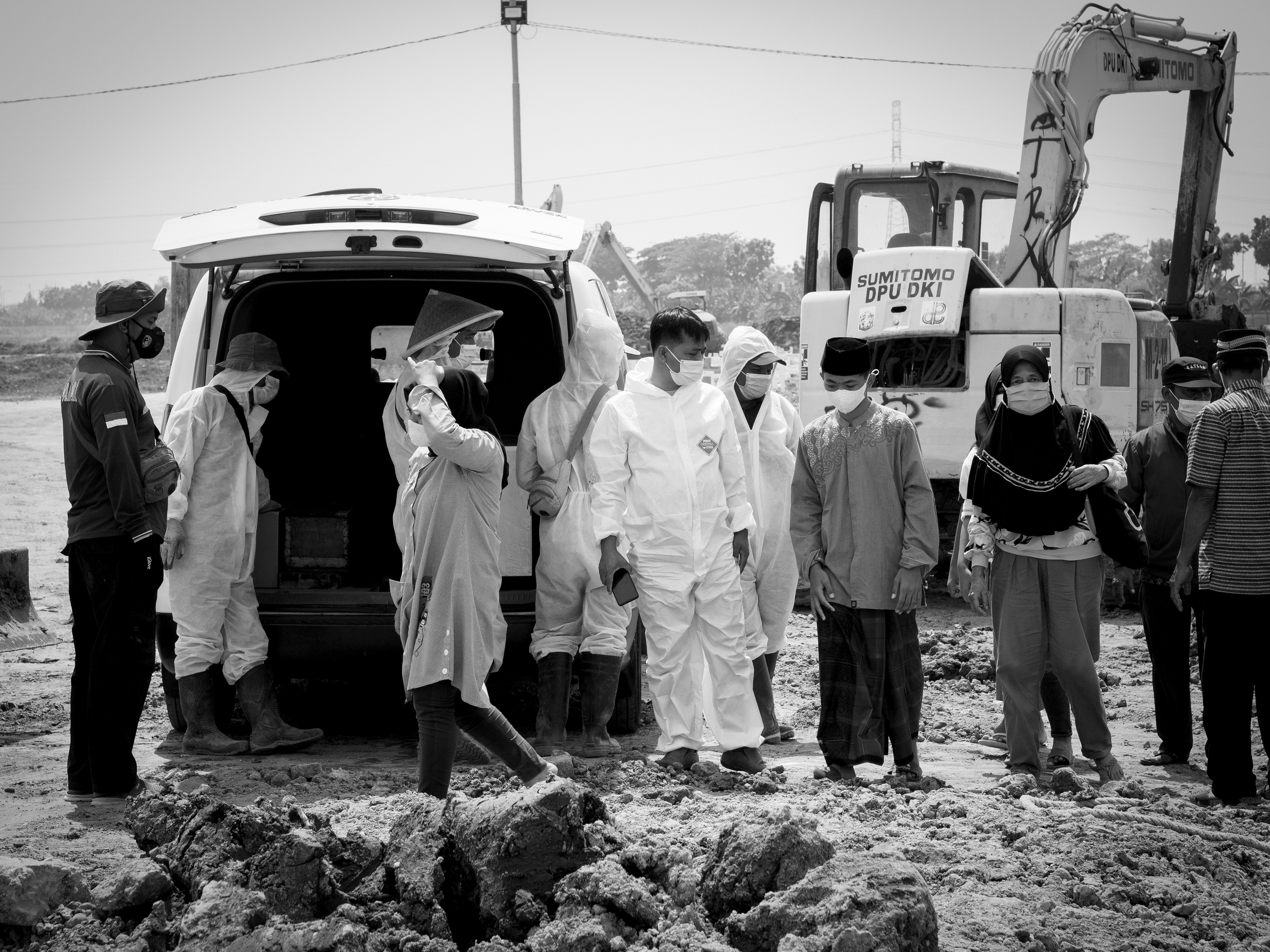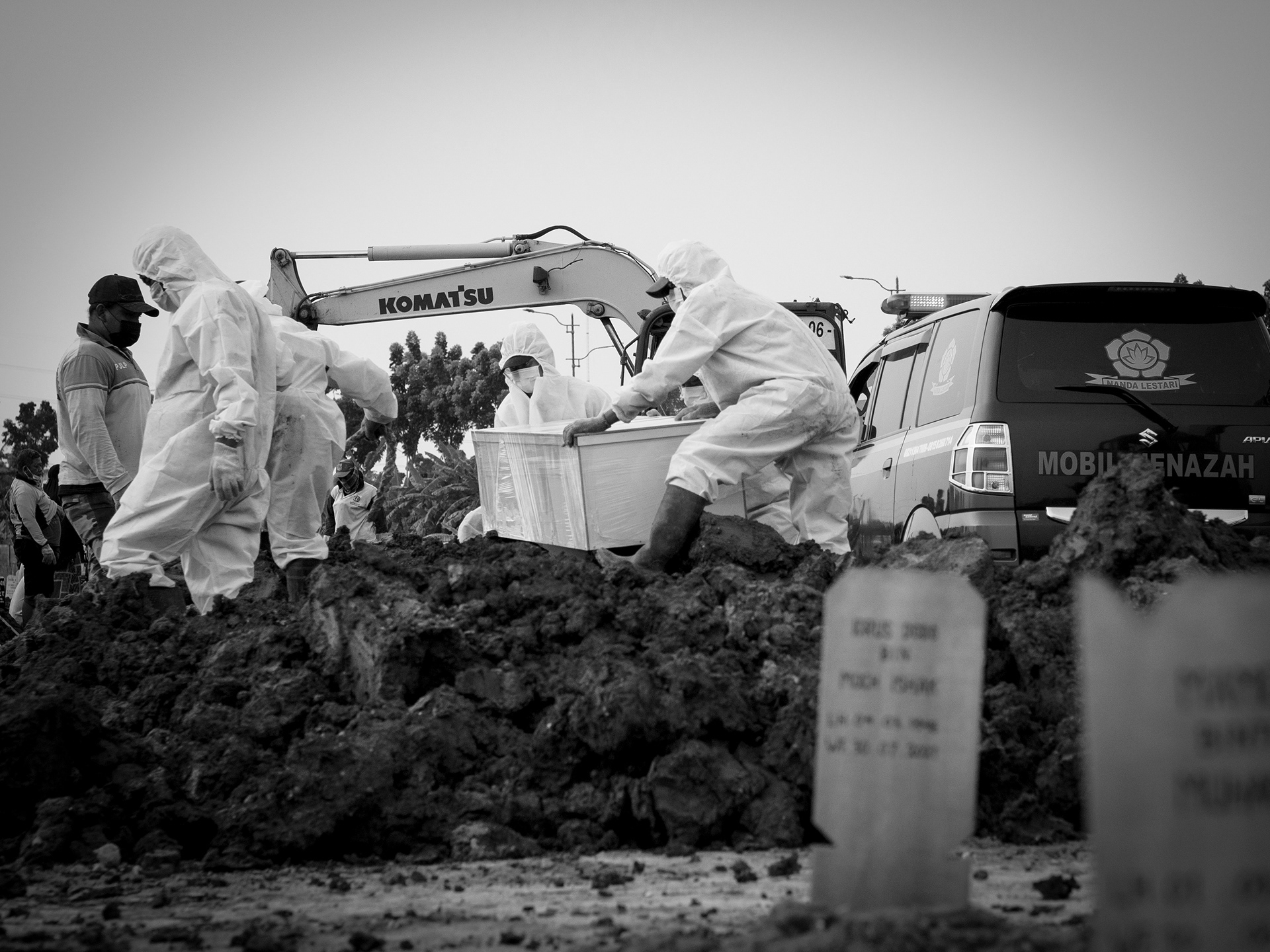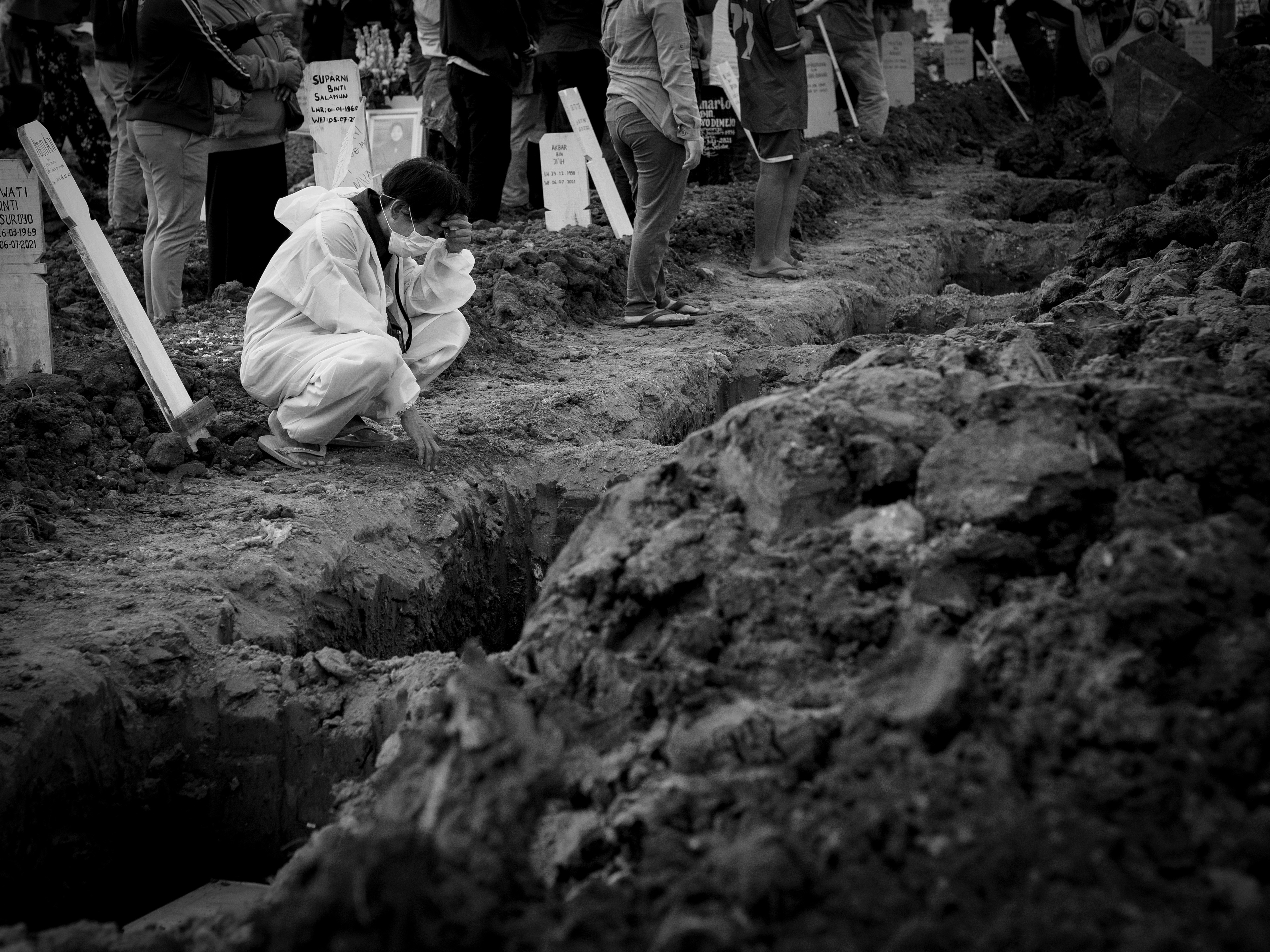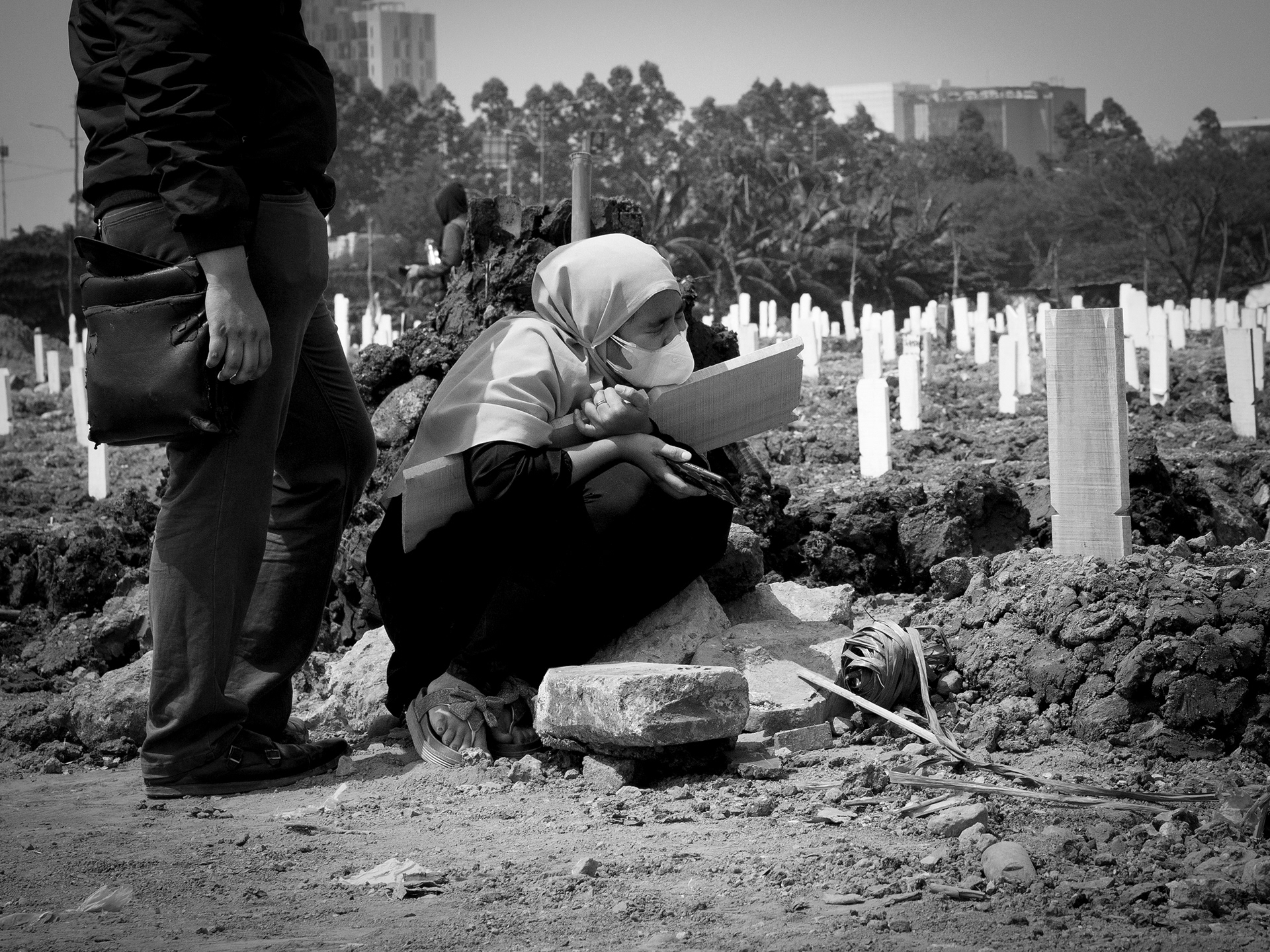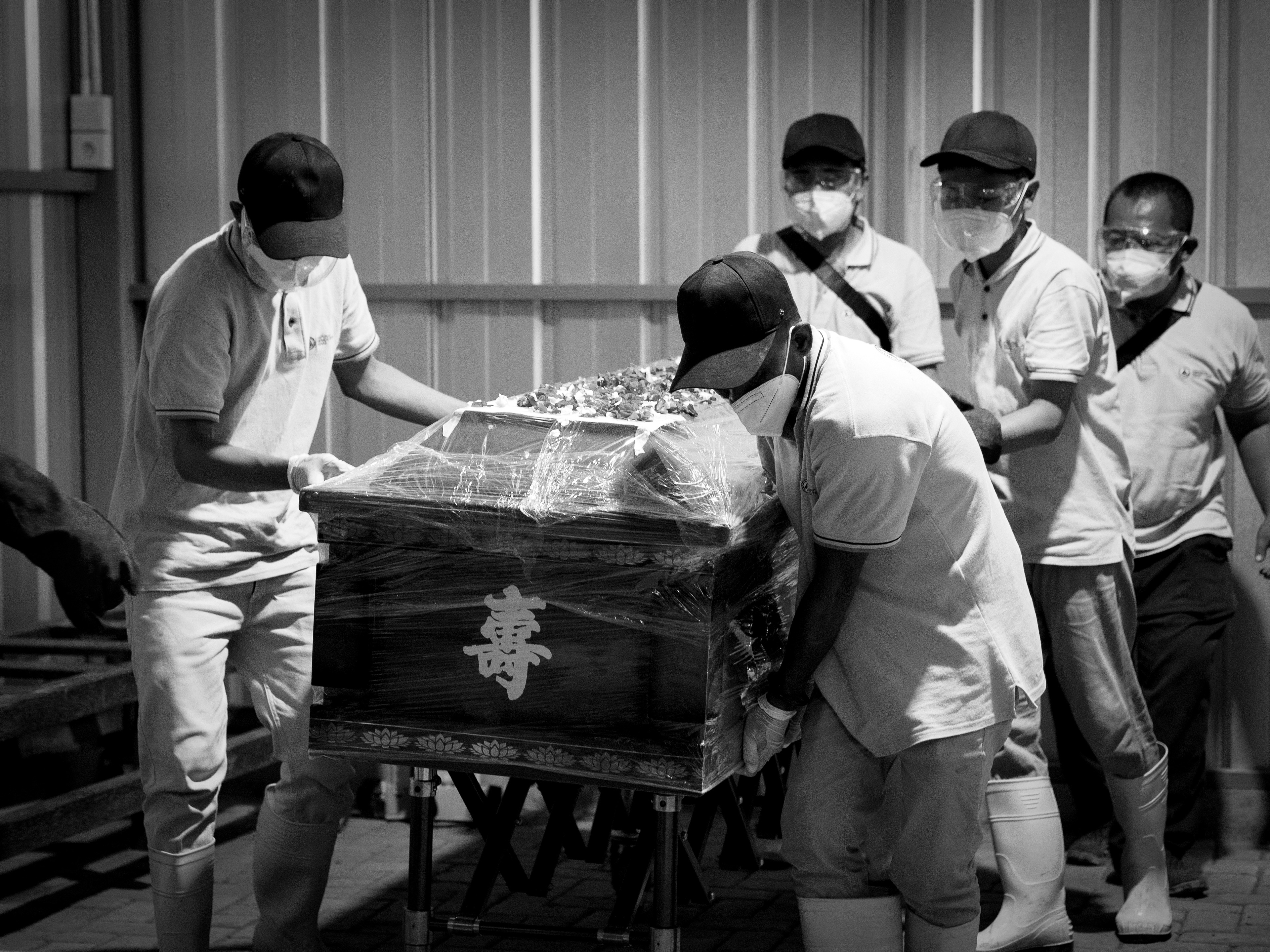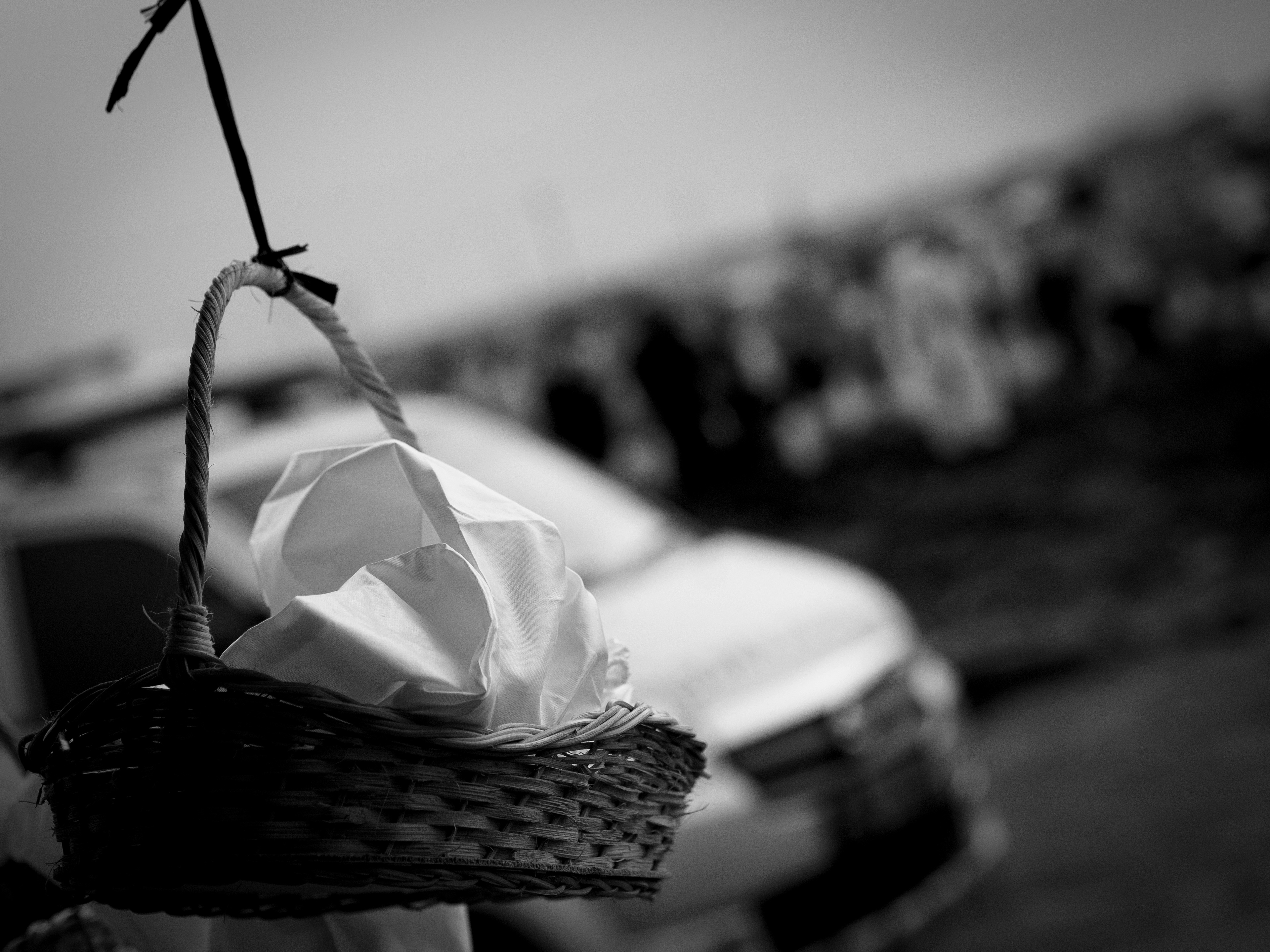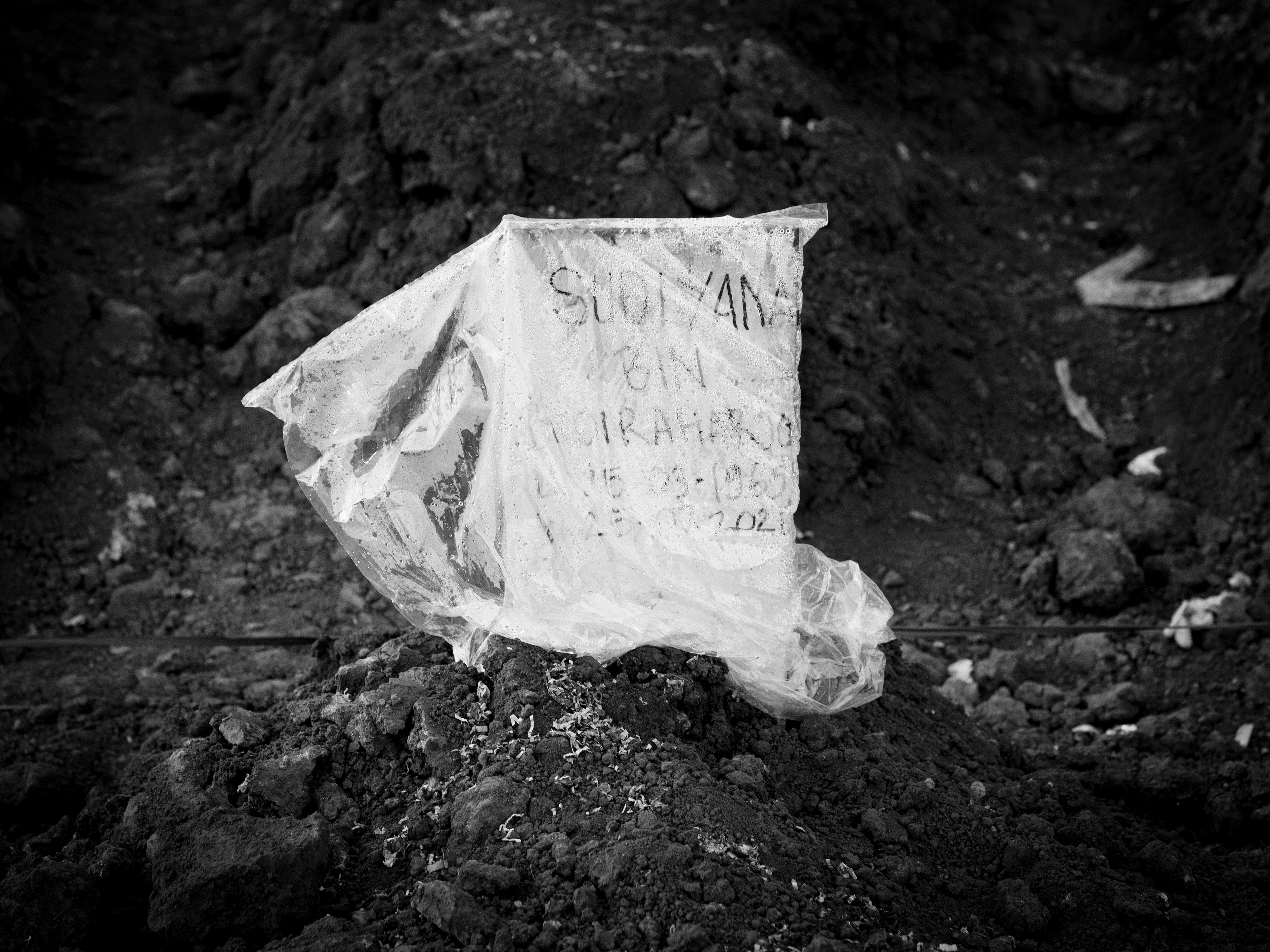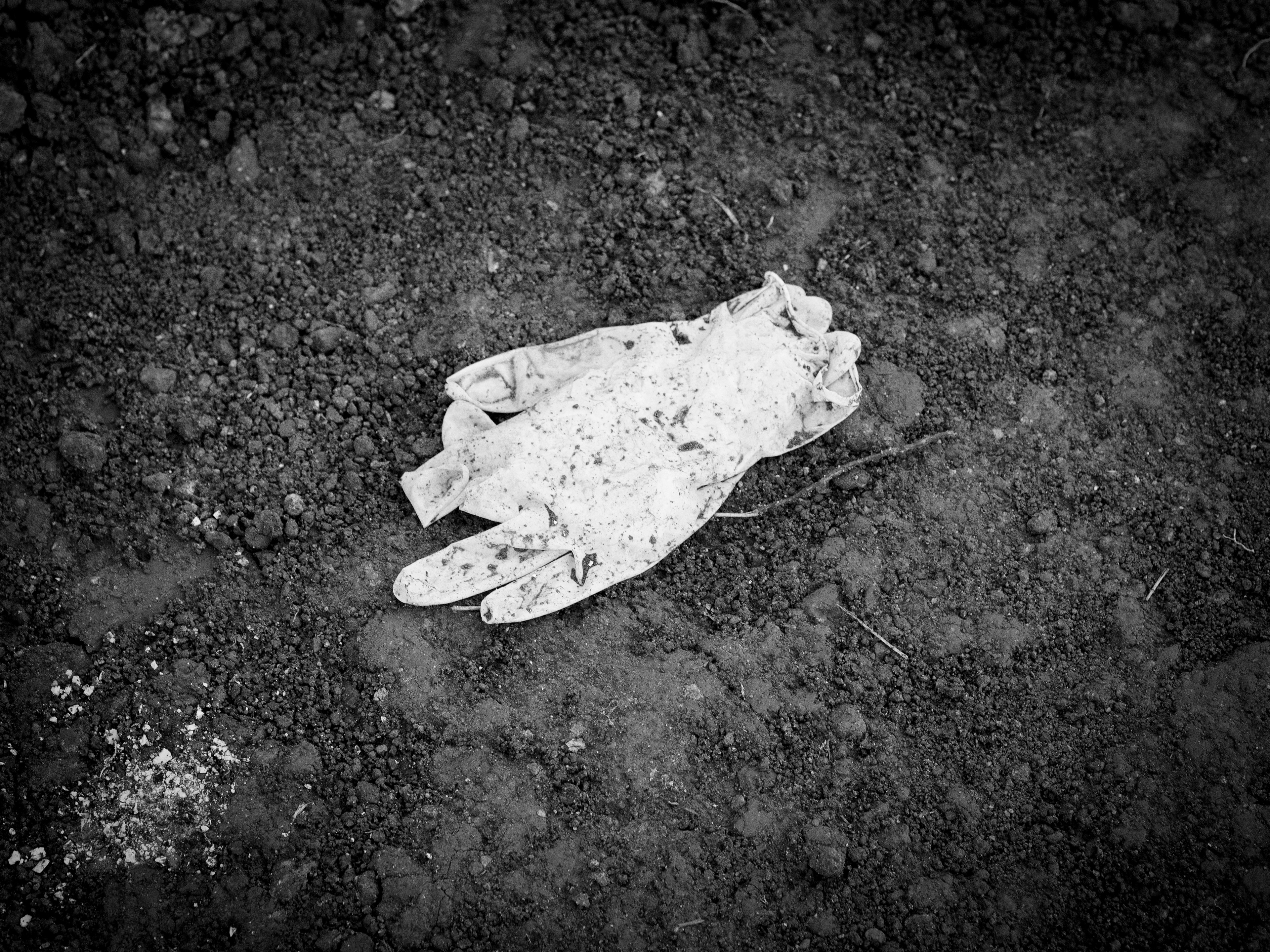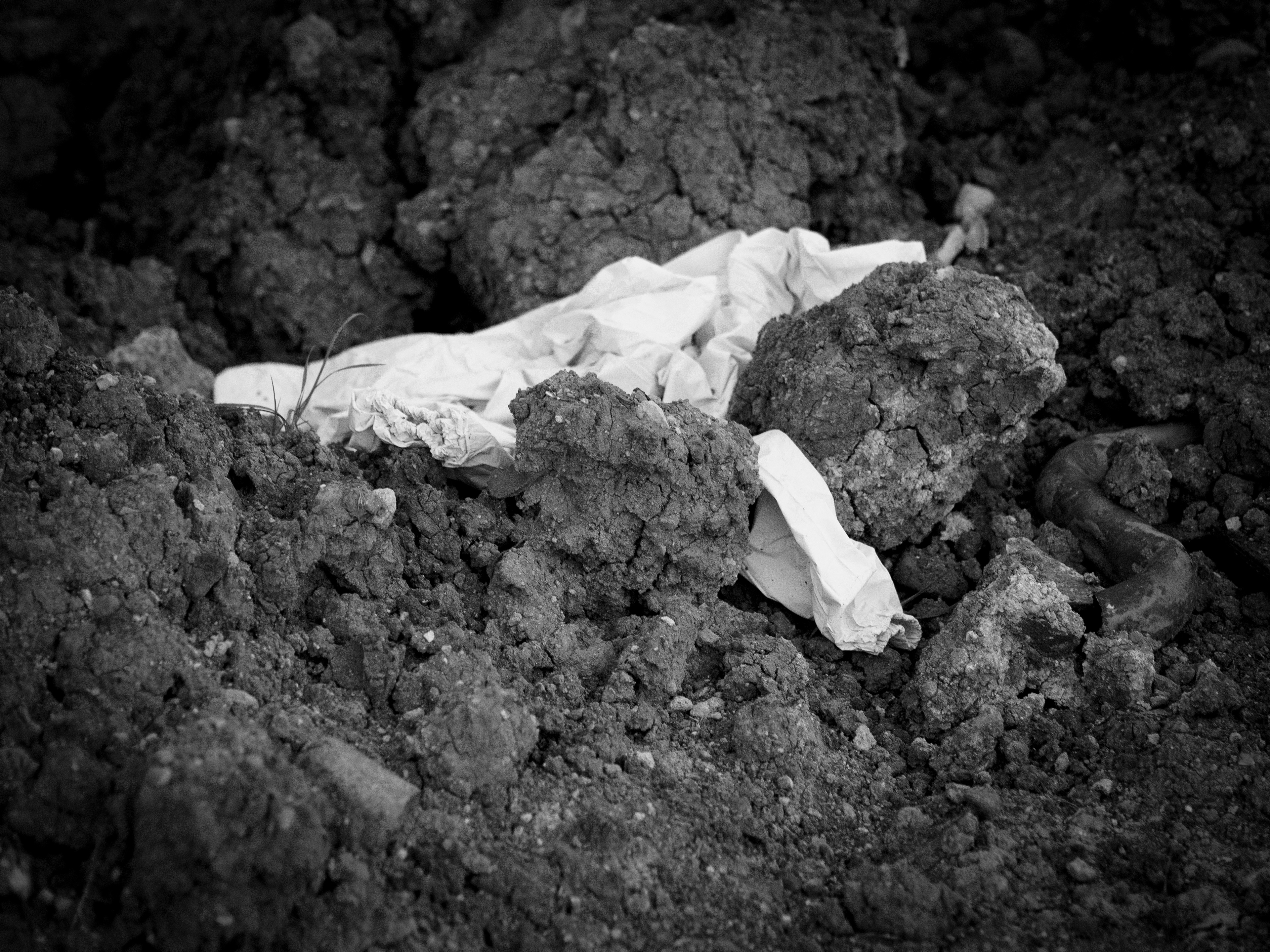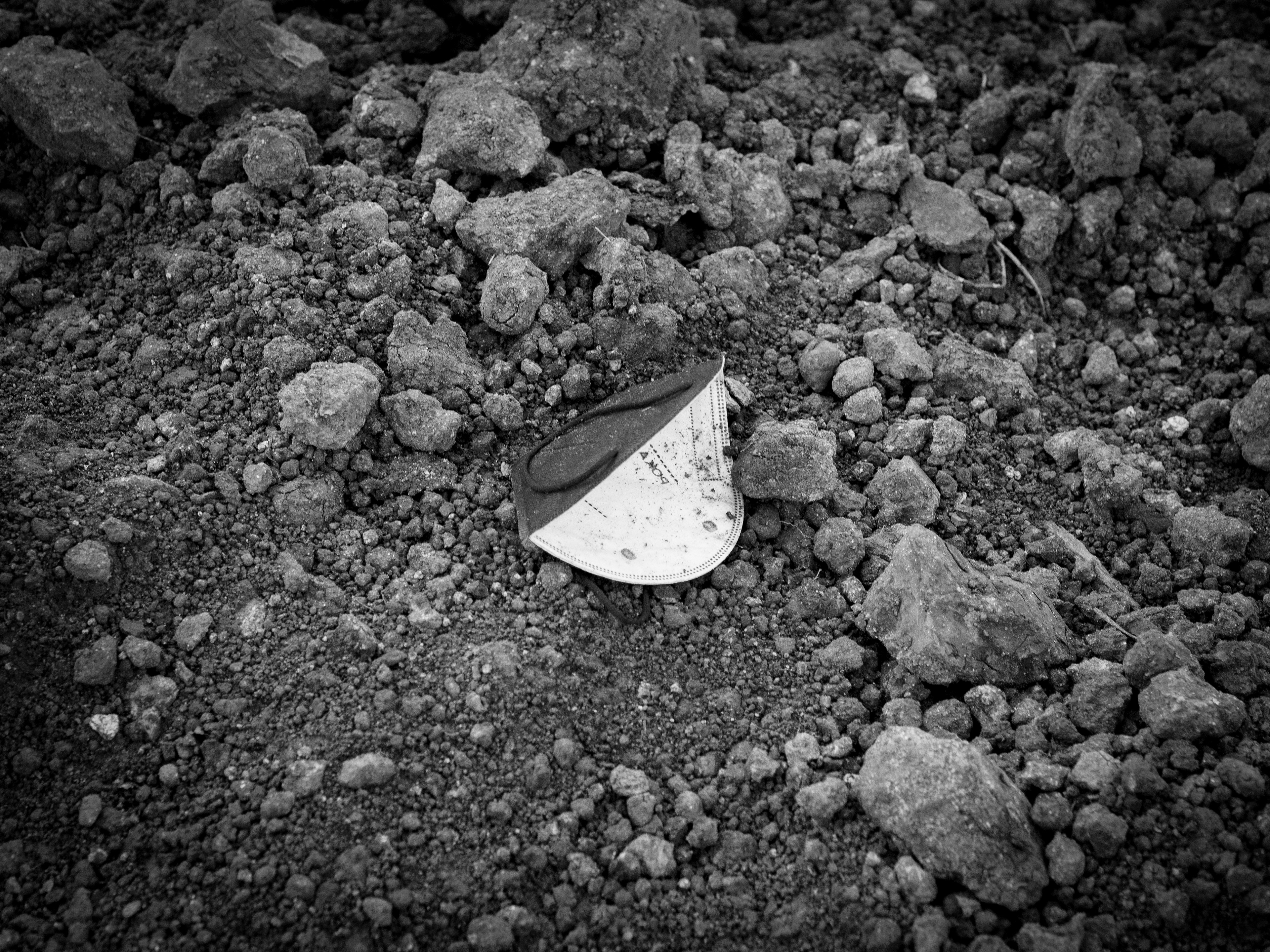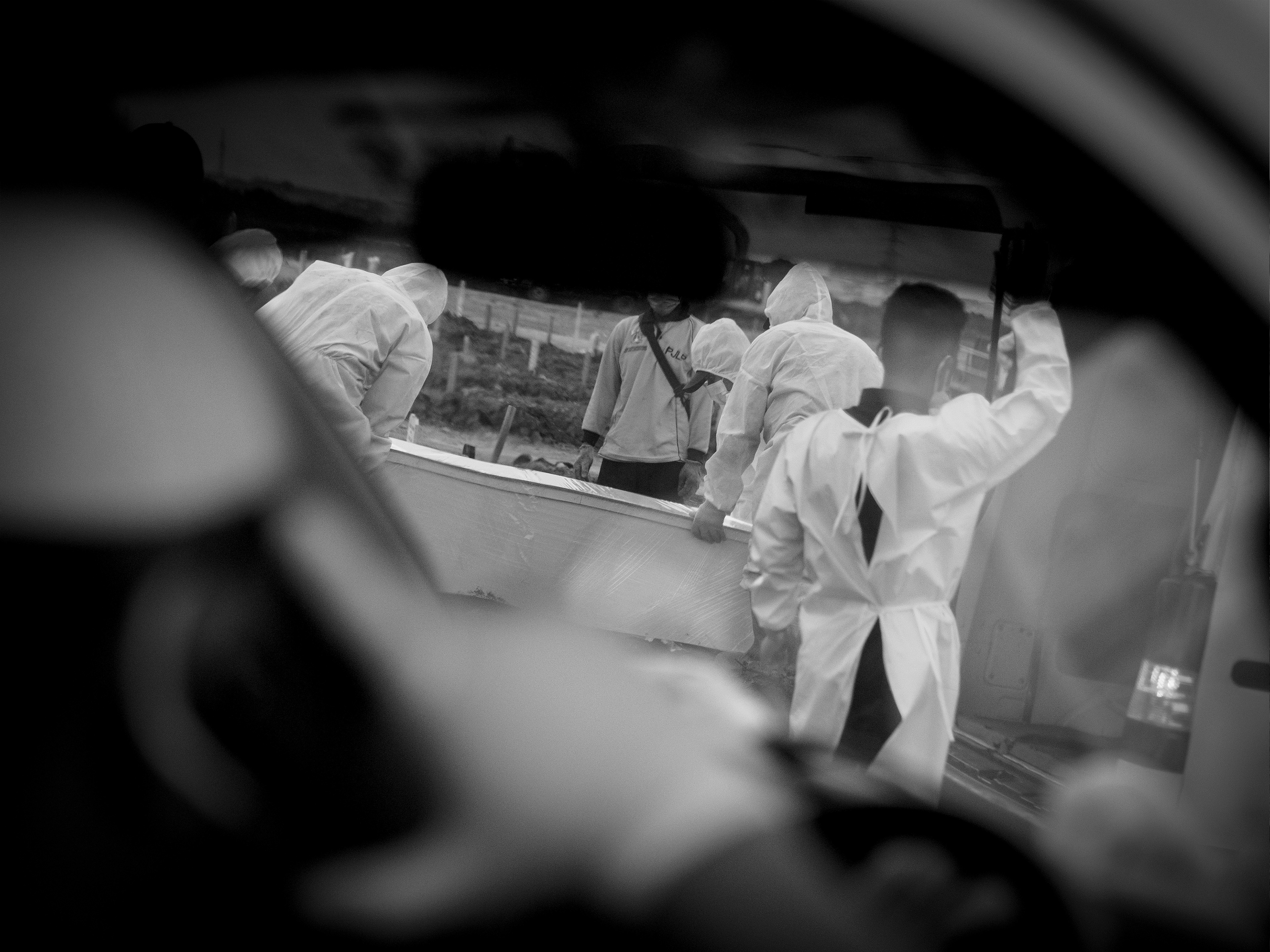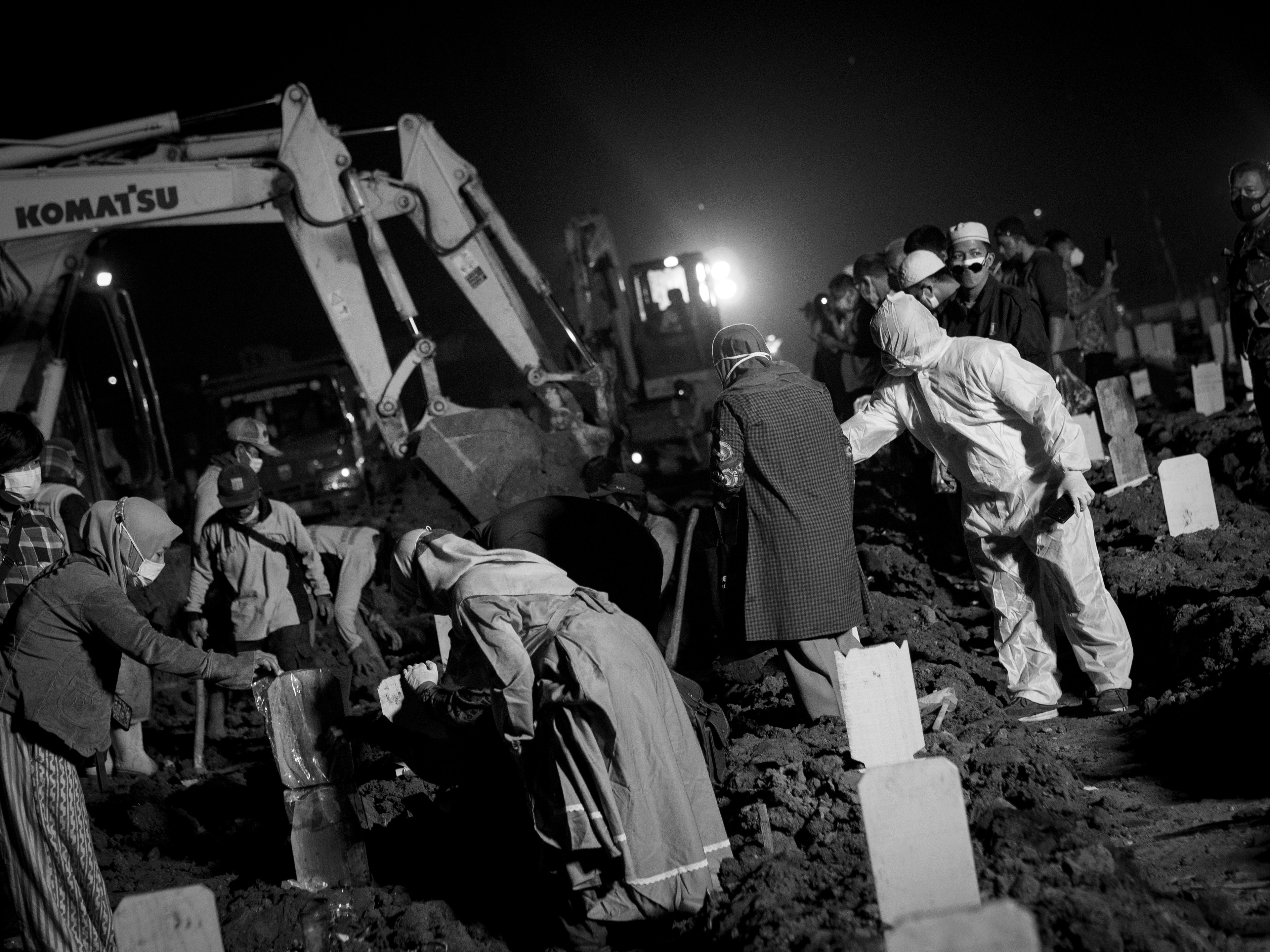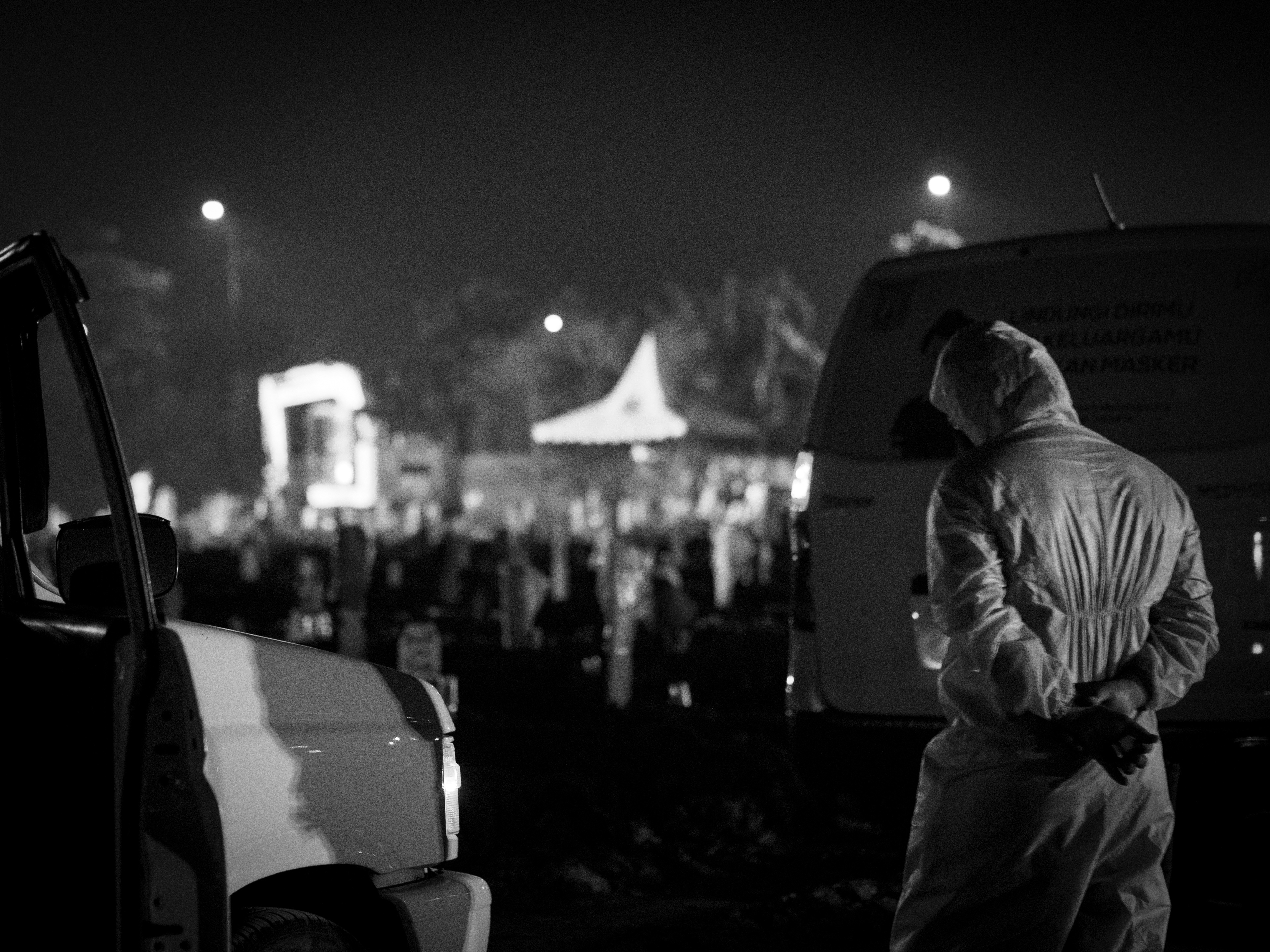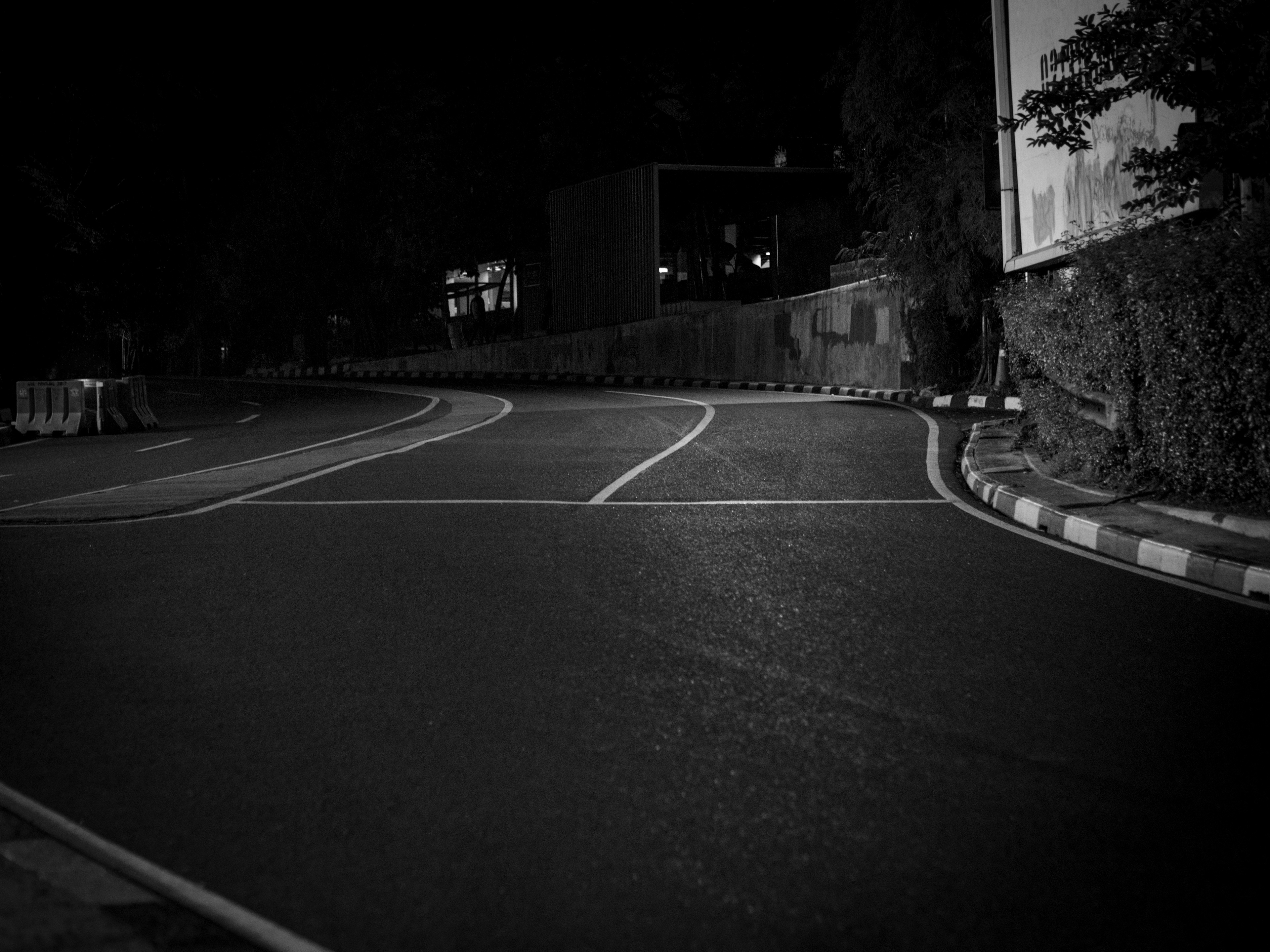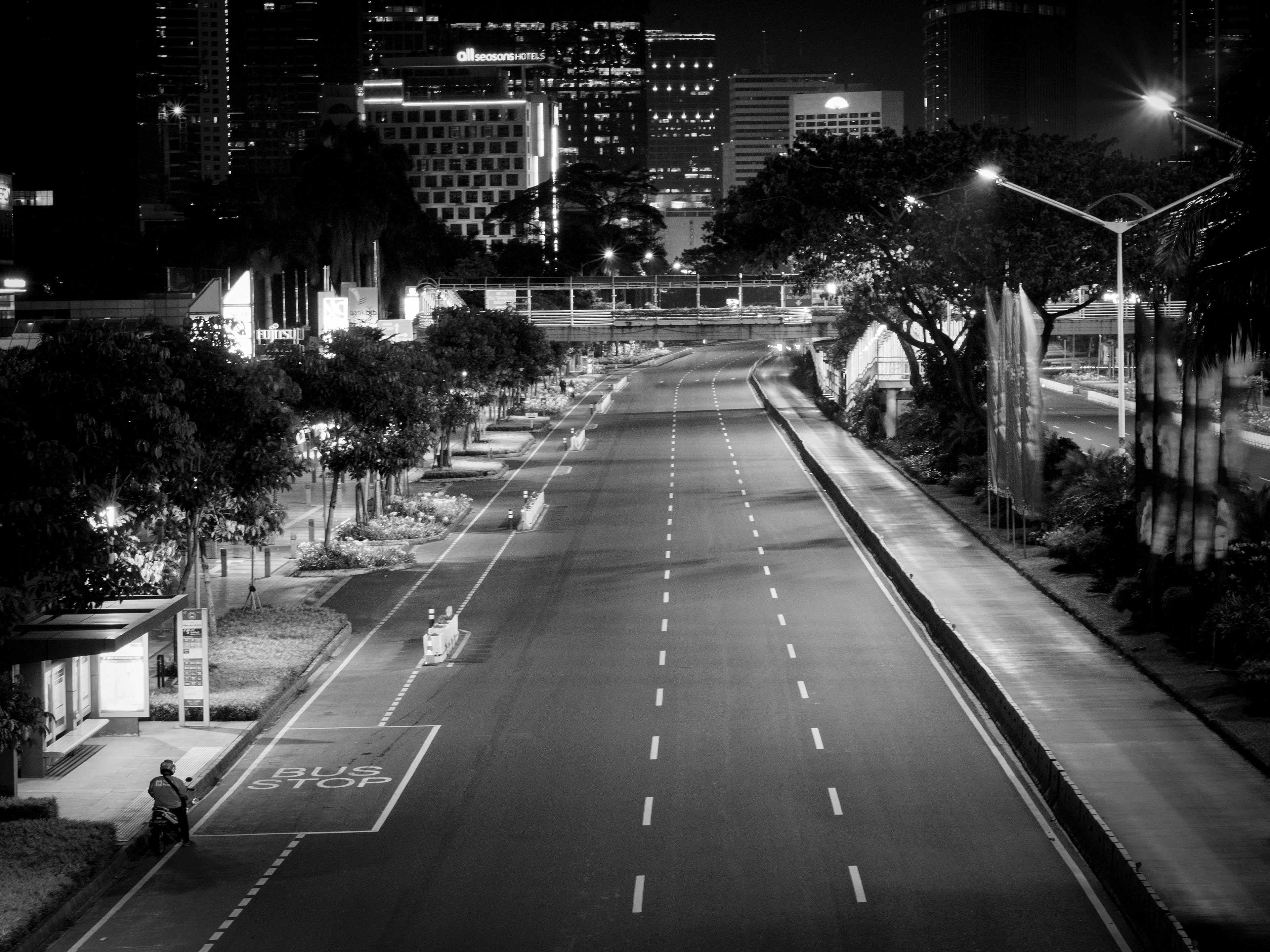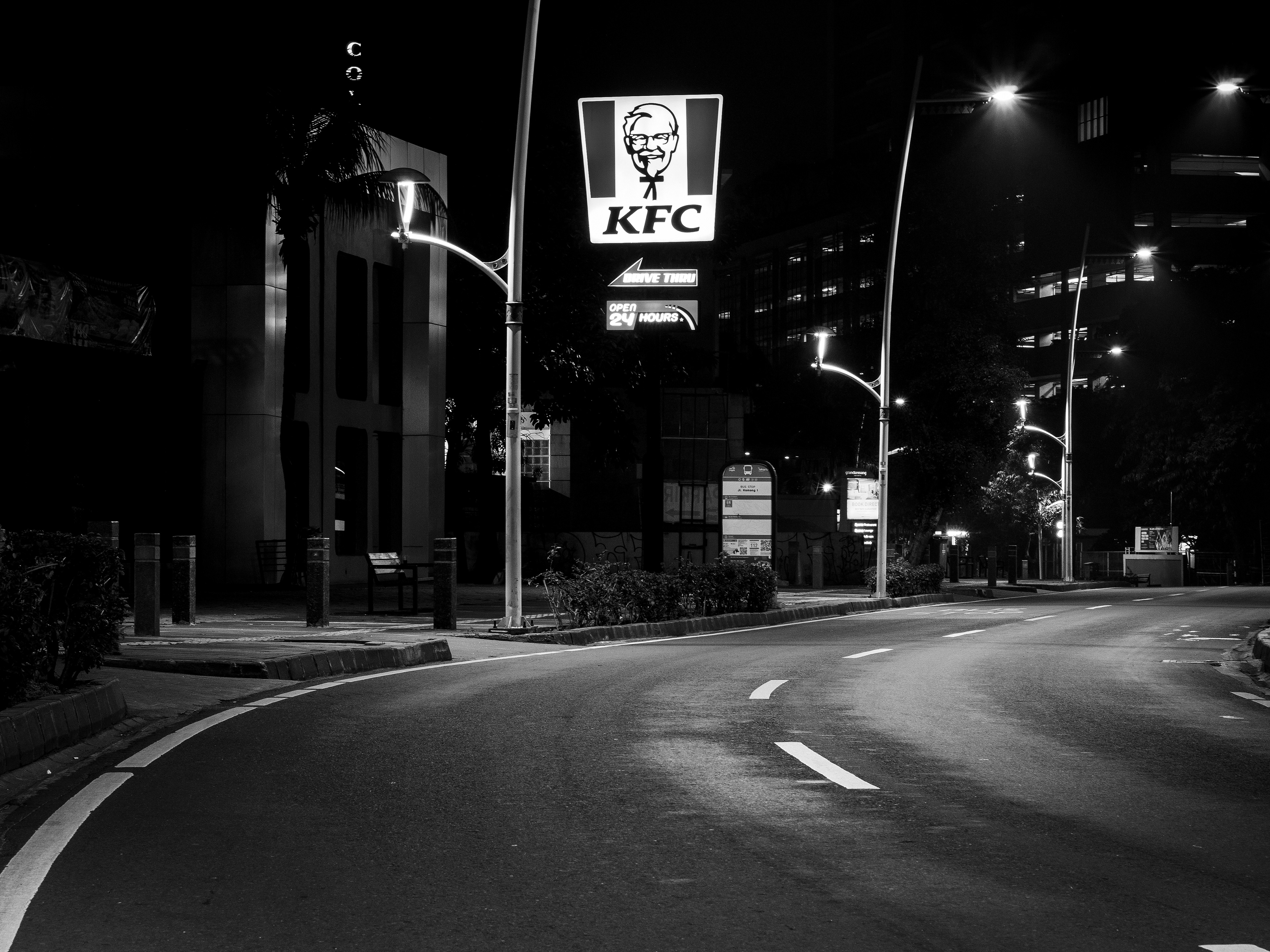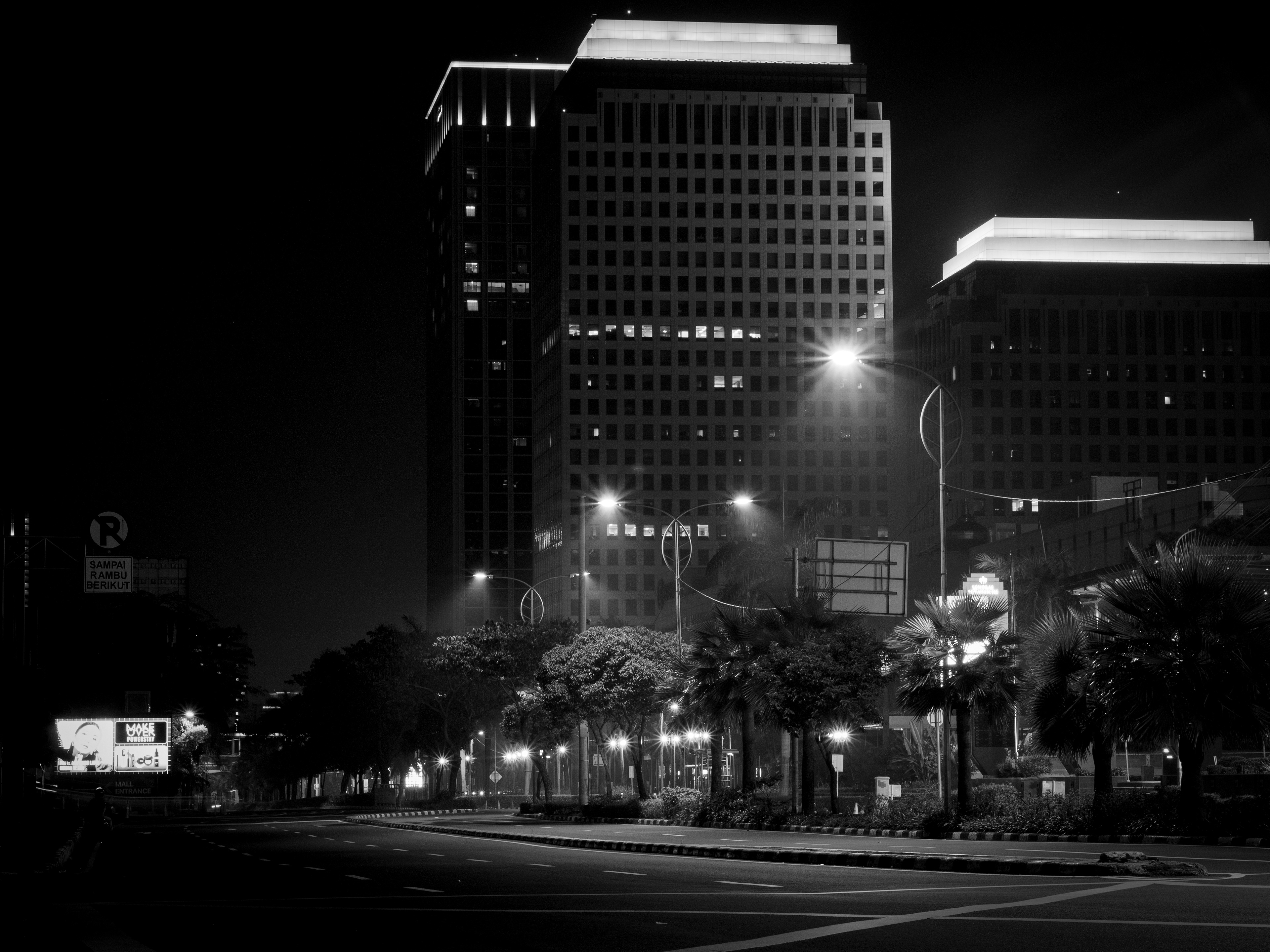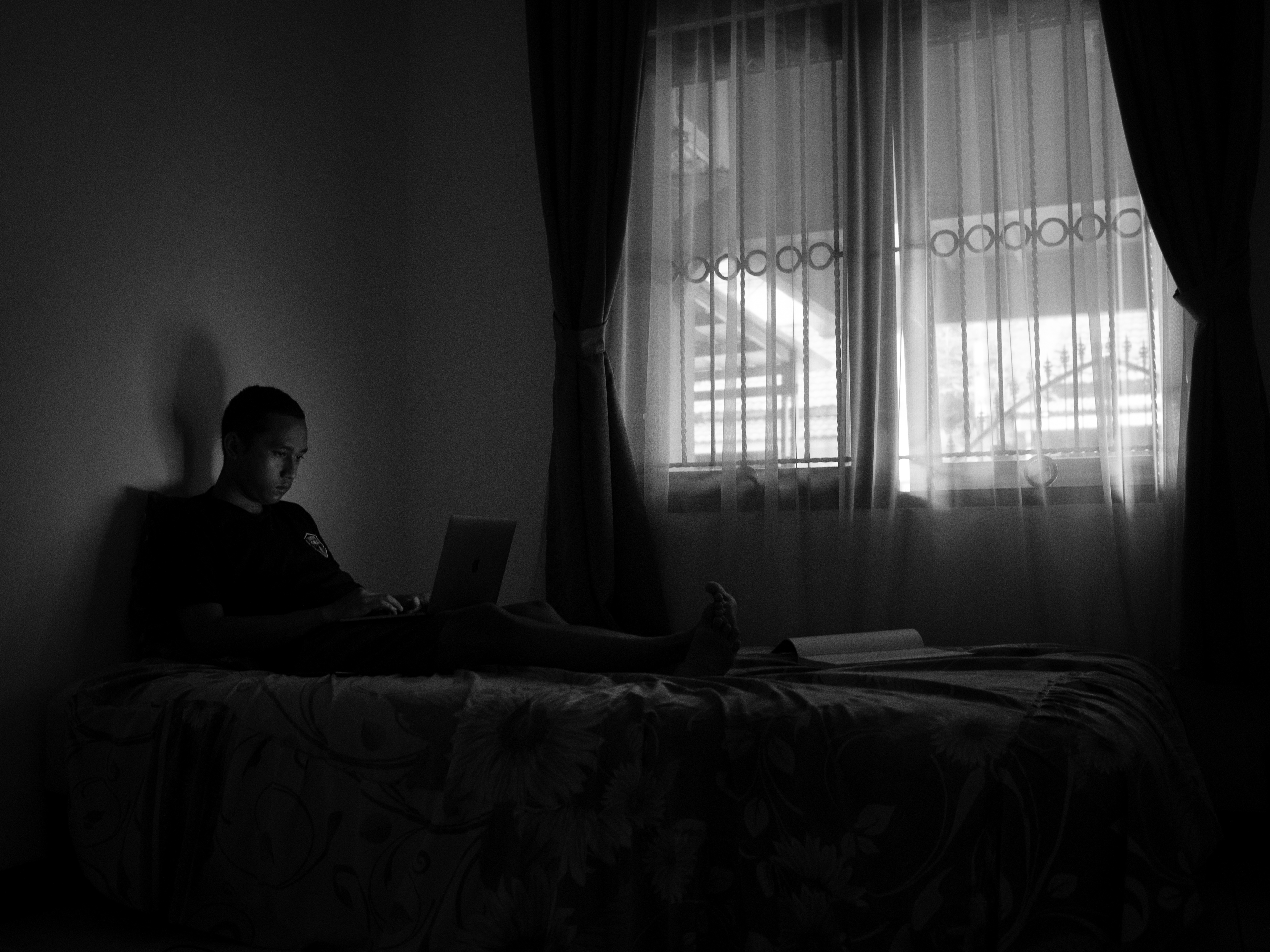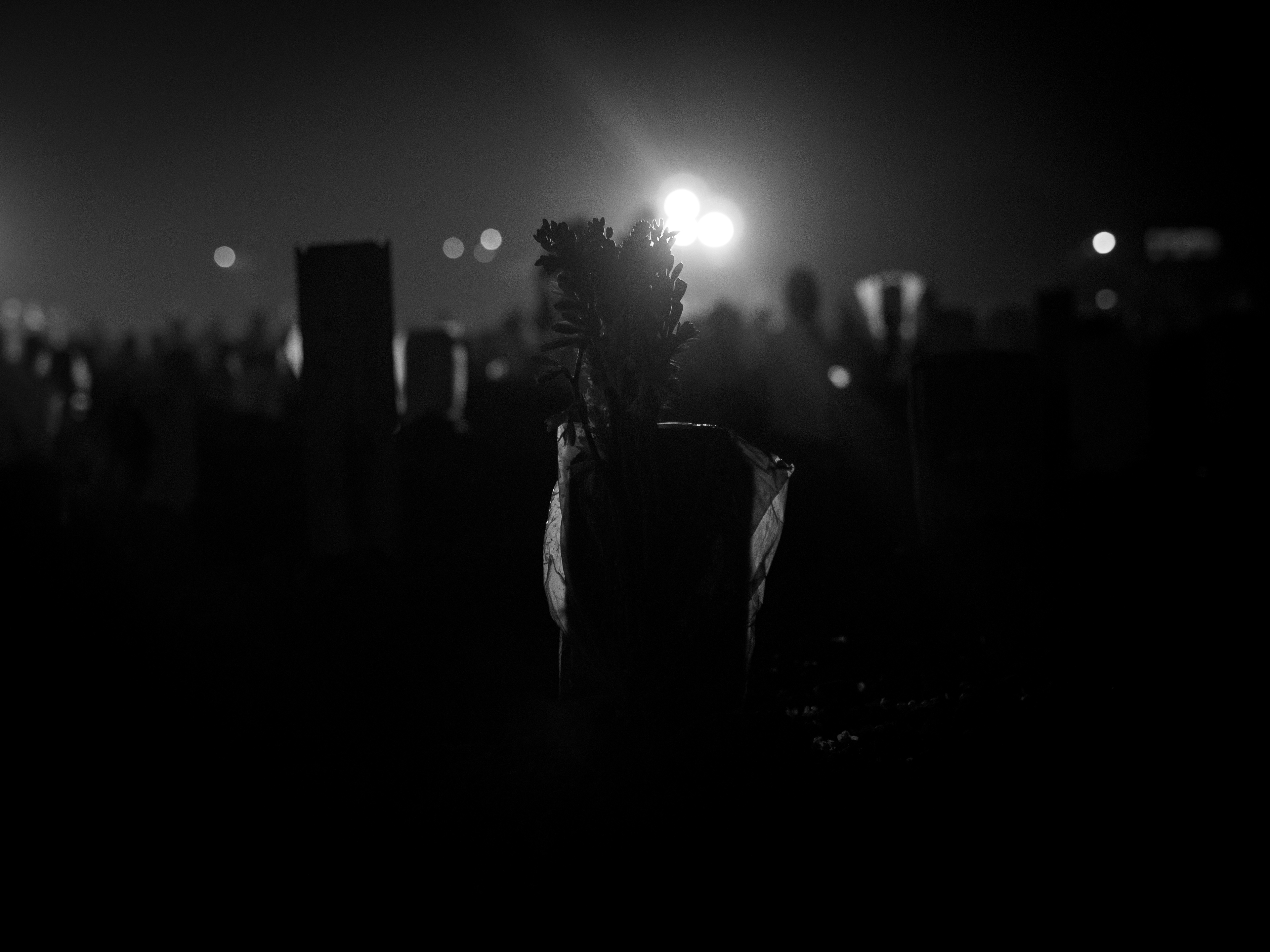COVID-19 in Jakarta
Indonesia was gripped by panic when President Joko Widodo confirmed the first COVID-19 case on March 2, 2020, resulting in a surge of panic buying as fear of the virus spread. In response, the government swiftly implemented a series of policies, including social restrictions, to tackle the crisis.
The capital city, Jakarta, witnessed a severe surge in COVID-19 cases during the second wave between May and July 2021, peaking on July 12 with a staggering 14,619 daily cases. This rapid increase led to a daily death toll surpassing 200, contributing to Indonesia's second-highest COVID-19 mortality rate in Asia.
The demand for oxygen cylinders soared, evident from long queues outside stores like the one in Manggarai, South Jakarta, on July 2, 2021. This heightened demand arose from the need to provide home-based oxygen treatment for family members due to overwhelmed hospitals. Many residents sought oxygen cylinders as a precautionary measure against potential COVID-19 emergencies.
Within just two months of being designated a special COVID-19 burial ground, the Rorotan Public Cemetery in North Jakarta witnessed the interment of over 1,800 COVID-19 victims. With daily burials exceeding 100, Indonesia's total death toll had surged to 62,908 by July 7, 2021, starkly highlighting the toll the pandemic had taken on the nation.
The Asia-Africa area in Central Jakarta underwent a transformation into a quiet, desolate landscape on June 23, 2021. Stringent mobility restrictions were enforced from 9 PM to 4 AM across 10 locations in Jakarta, starting June 21, with the aim of curbing activities that fostered crowds and hindered the virus's spread. Only essential vehicles, including ambulances and security forces, were authorized to move within the area.
Several images below have been published in the international media through the Pacific Press Agency.
